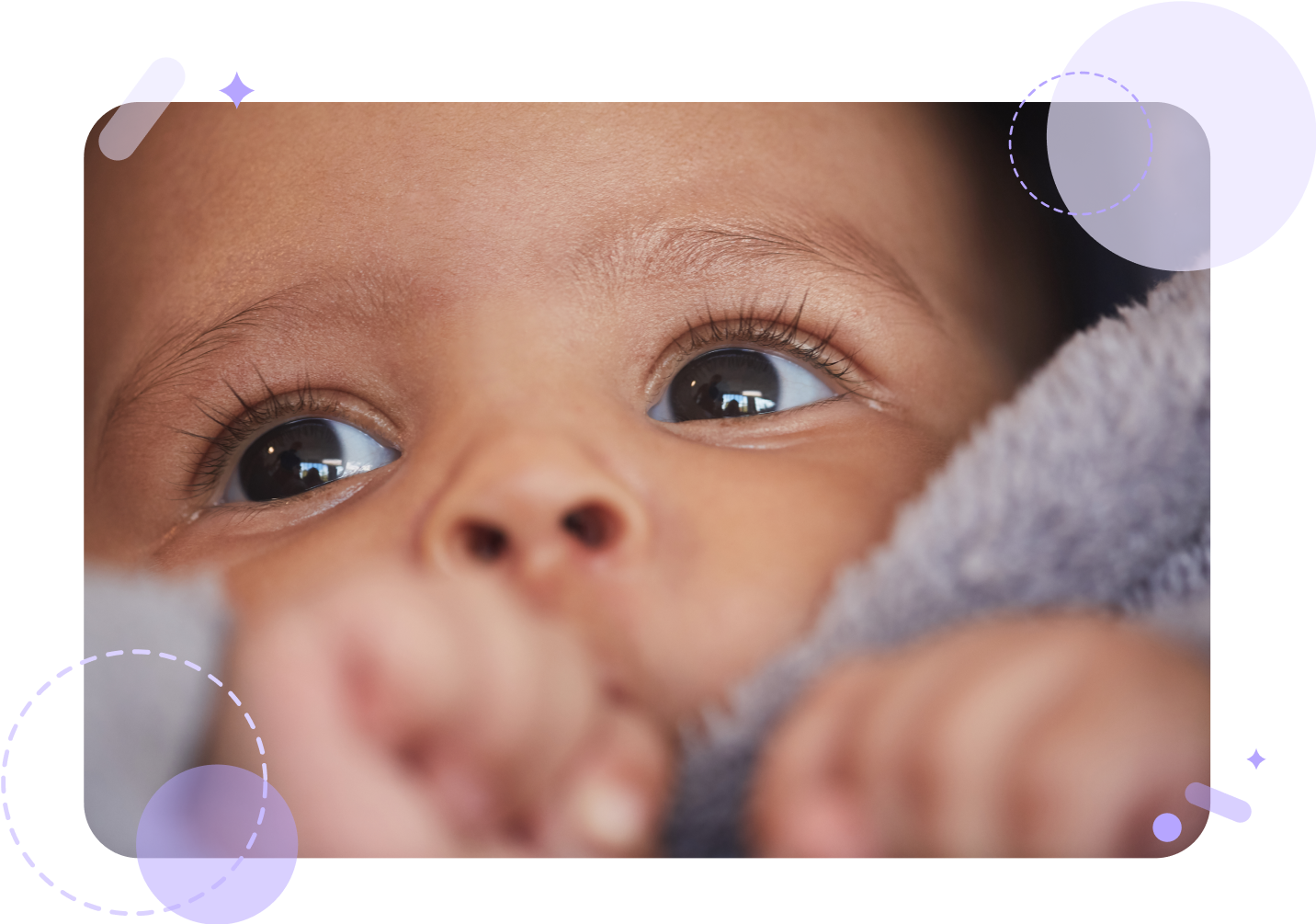
Babies are born with six soft spots (fontanelles), located on the top (anterior fontanelles) and the back (posterior fontanelles) on their heads, which are open areas on the skull covered by a protective membrane where the bones have yet to fully close.
Fontanelles allow your baby’s relatively large head to move through the narrow birth canal more easily. The squeeze and the elastic tissue of the fontanelles result in the changing of the head’s shape.
Why do Babies Have Soft Spots?
Fontanelles are often an area of great concern for new parents – how can you protect your baby with portions of their skull left open and vulnerable? It helps to remember that soft spots serve a critical purpose in your baby’s birth and development – allowing for flexibility while passing through the birth canal and providing space for accelerated growth between the first 2 years of life. It is equally important that these areas are protected from any injury, especially by pointy objects, as these injuries can more easily injure the brain due to the absence of the protecting skull bone.
Around 6 to 9 months, you will notice that certain fontanelles, like the one at the top of their skull (anterior fontanelle), begin to harden. The hardening (or closure) of these soft spots occurs due to the ossification of the bones in the skull.
Monitoring Fontanelles
When it comes to monitoring soft spots, here are a few insights to remember for peace of mind. The soft spots lie flat against the head, with perhaps a slight inward curve and the fontanelles should not be severely concaved or swollen for extended periods.
You may notice soft spots slightly pulsate due to your baby’s heartbeat – which is unnerving, but normal! Alos, slight bulging of a fontanelle is normal when your baby cries, sleeps, or vomits – provided the bulge recedes when the baby is upright and calm.
During regular checkups, your pediatrician will assess the shape, feel, and ossification progress of any soft spots to ensure the health and wellbeing of your child. If you think you’ve noticed any potential abnormalities, be sure to discuss your concerns with a physician.
Parenting is hard, and with overwhelming amounts of resources, it can become tough to navigate through all the milestones that your baby goes through. With evidence-based content to help you with your parenting journey, Marble allows you to keep track of the various changes and the milestones your baby will go through during the first two years of their life.
Download our free app now and parent with confidence.
- Center for Academic Research and Training in Anthropogeny: Age of Fontanelles/Cranial Sutures Closure
- National Center for Biotechnology Information: Evaluation of Fontanel Size Variation and Closure Time in Children Followed up From Birth to 24-Months
- Verywell Family: A Guide to Your Baby’s Soft Spots or Fontanelles
 Back
Back

